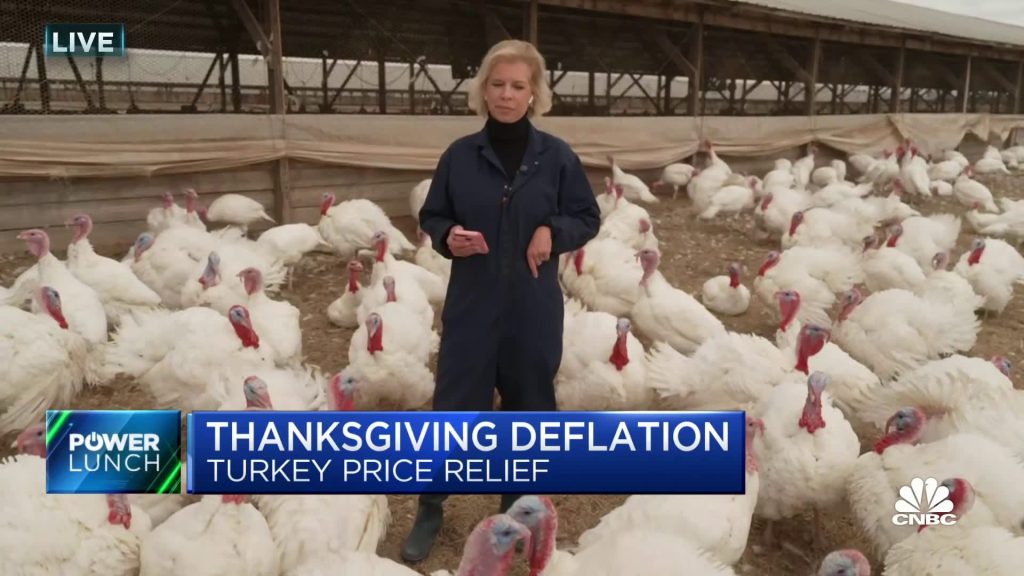College students and their families will see a newly redesigned Free Application for Federal Student Aid when they apply for financial aid in the coming months.
The updated FAFSA — which is slated to be available by the end of December — will not only streamline the process and make it easier for families to apply for aid, but also expand eligibility for federal aid, including Pell Grants.
Under the changes, 610,00 more students nationwide will become eligible for Pell Grants and nearly 1.5 million more students will receive maximum Pell Grant eligibility, the Department of Education said in a press release on Wednesday.
The maximum Pell Grant award was $7,395 for the 2023-24 aid year. The maximum amount for 2024-25 has not been set by Congress yet.
“More students are going to get Pell Grants, they’re going to get larger Pell Grants, and it’s going to be easier to navigate the financial aid system as a whole,” James Kvaal, Under Secretary of Education, tells CNBC Make It.
Here are a few highlights.
Fewer mandatory questions
The changes to the FAFSA came as a result of the FAFSA Simplification Act, which Congress passed back in 2020.
Previously, the FAFSA had applicants responding to as many as 103 questions to determine their aid eligibility. Families will now be able to answer as few as 18 questions to complete their FAFSA, according to ED.
The department hopes this streamlined and less-invasive form will encourage more students to complete the form and get the aid they need to fund their education.
“This is the most far-reaching change since the form was created more than 30 years ago,” Kvaal says. “We think it’s going to be much easier for students and families to get the help that they need to go to college.”
A new aid eligibility calculation
The redesigned FAFSA also uses a new aid eligibility calculation. Families will be assigned a number called the Student Aid Index, which will be used to determine how much aid they should receive. The SAI replaces the Expected Family Contribution, which showed families a dollar amount that schools would use to determine their aid eligibility.
“[The EFC] was a little bit confusing, because people thought that meant that was what they had to pay. But in fact, it may or may not be,” Kvaal says.
Aid administrators will use the SAI in the same way — to determine aid eligibility — but with a different calculation. The parent’s, student’s and spouse’s (if applicable) income and assets are taken into account to do a “need-based analysis” and calculate a student’s SAI.
You can see your estimated SAI using the Federal Student Aid estimator.
DON’T MISS: Want to be smarter and more successful with your money, work & life? Sign up for our new newsletter!
Get CNBC’s free Warren Buffett Guide to Investing, which distills the billionaire’s No. 1 best piece of advice for regular investors, do’s and don’ts, and three key investing principles into a clear and simple guidebook.


